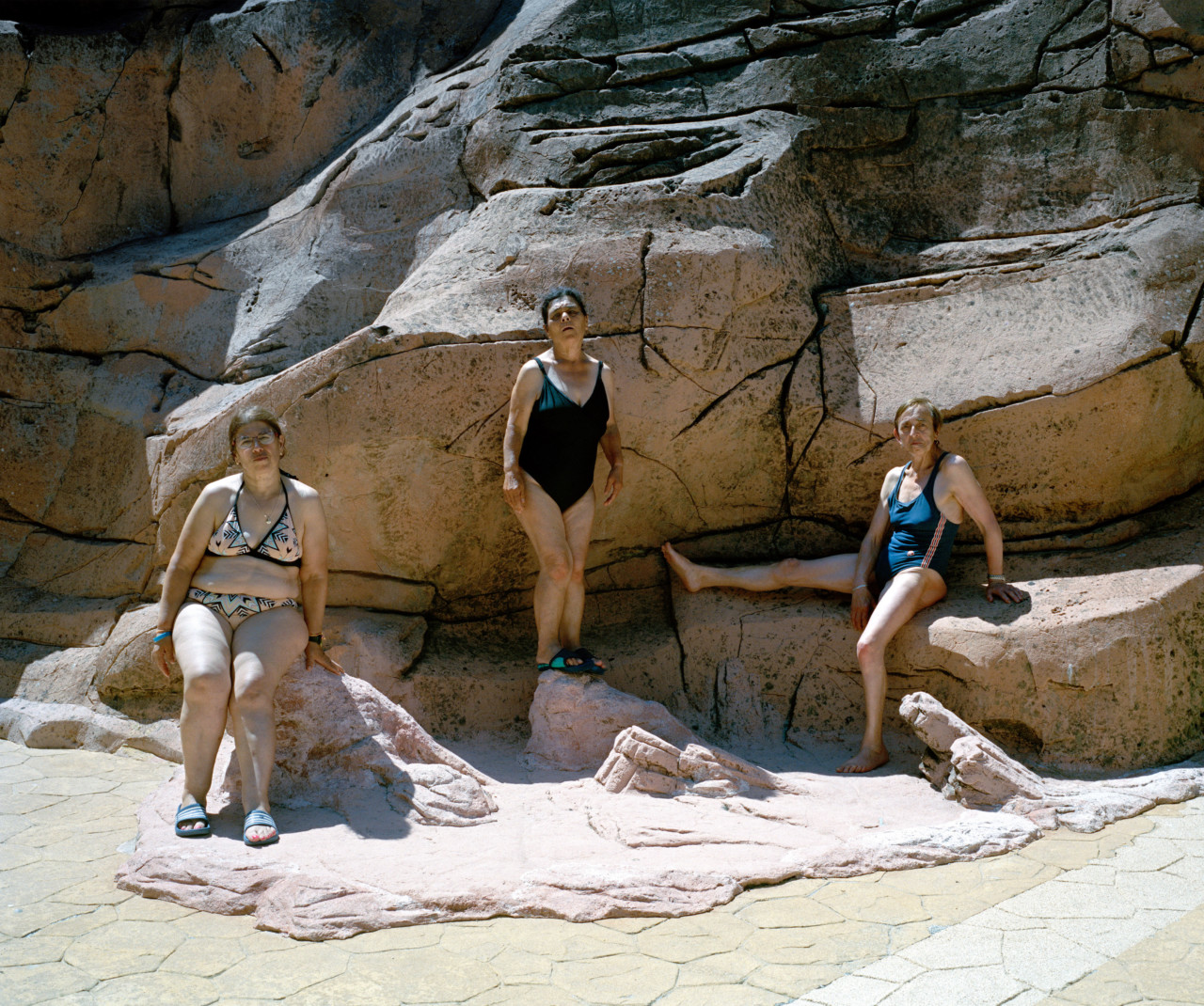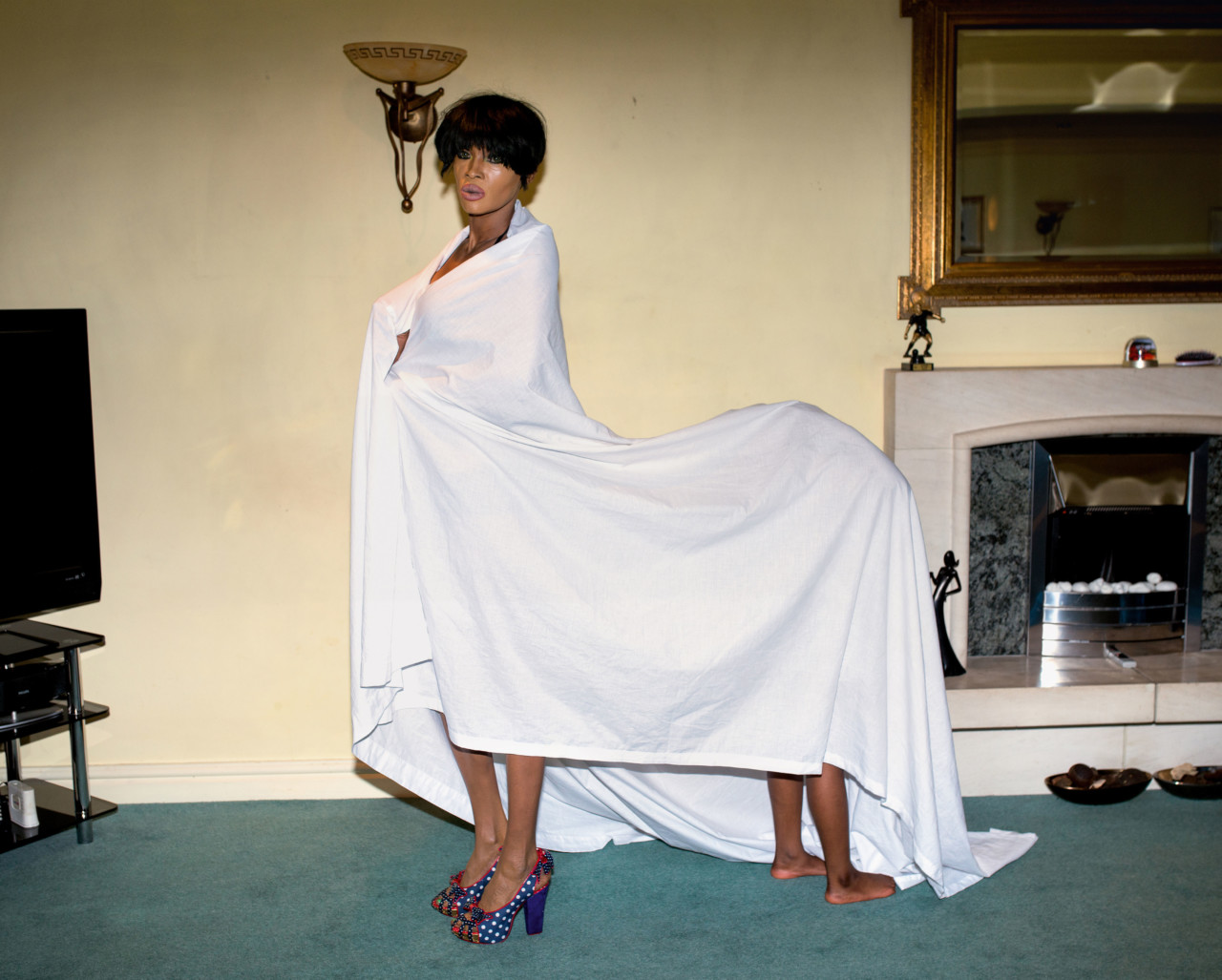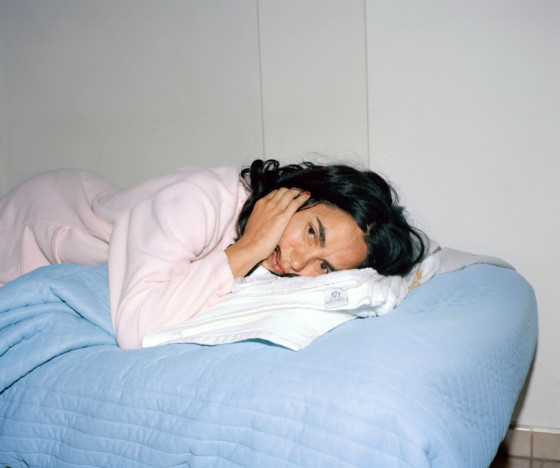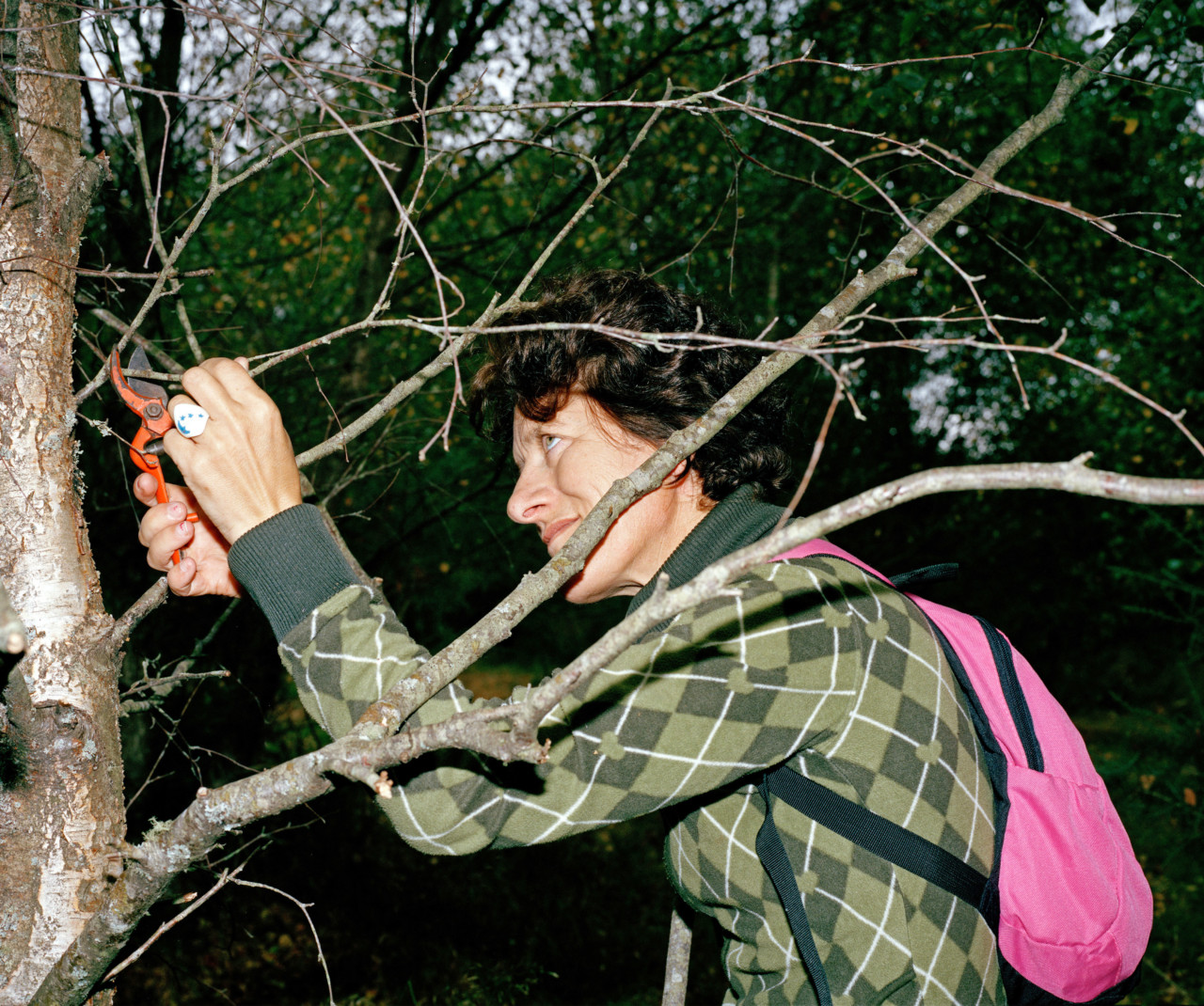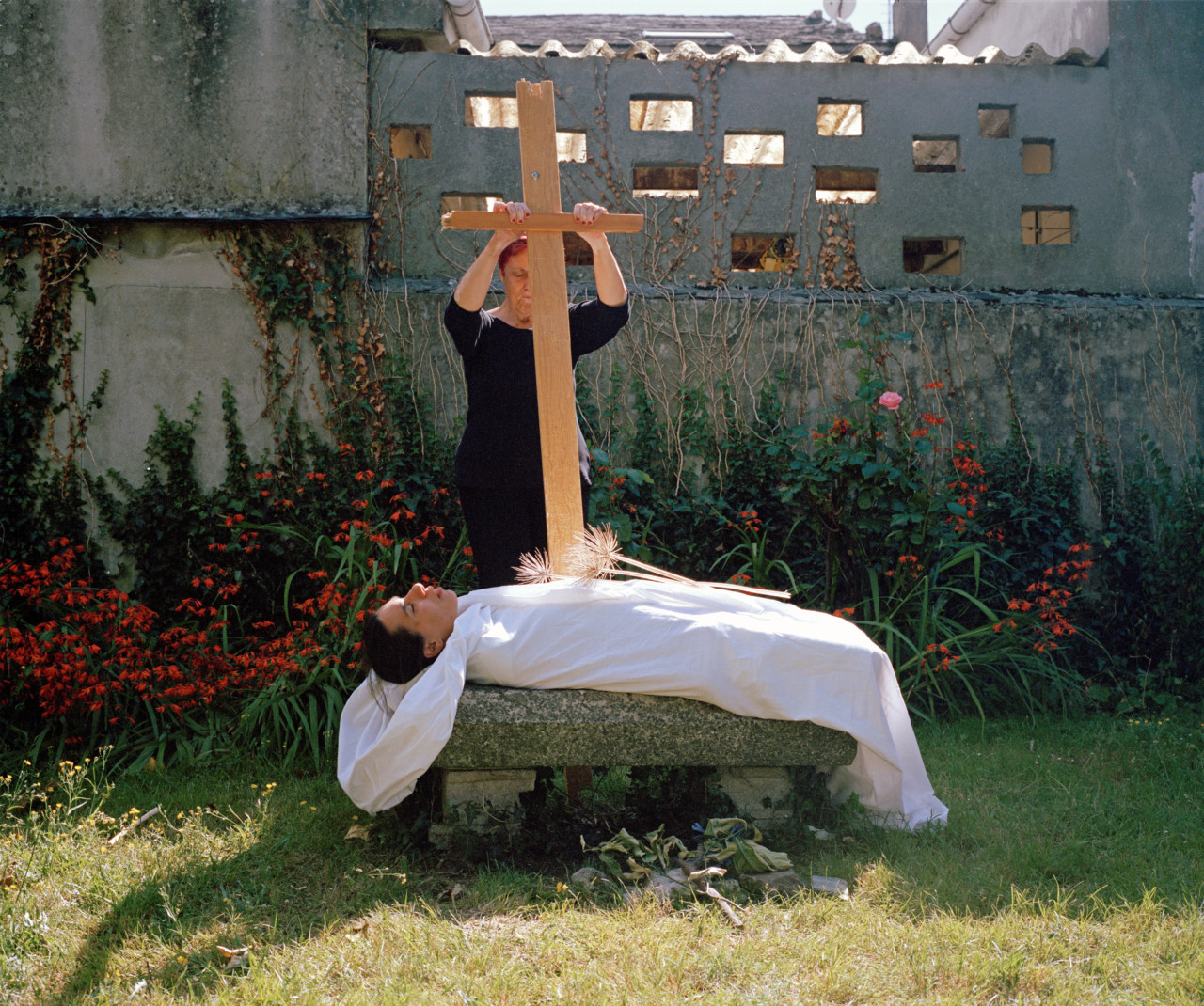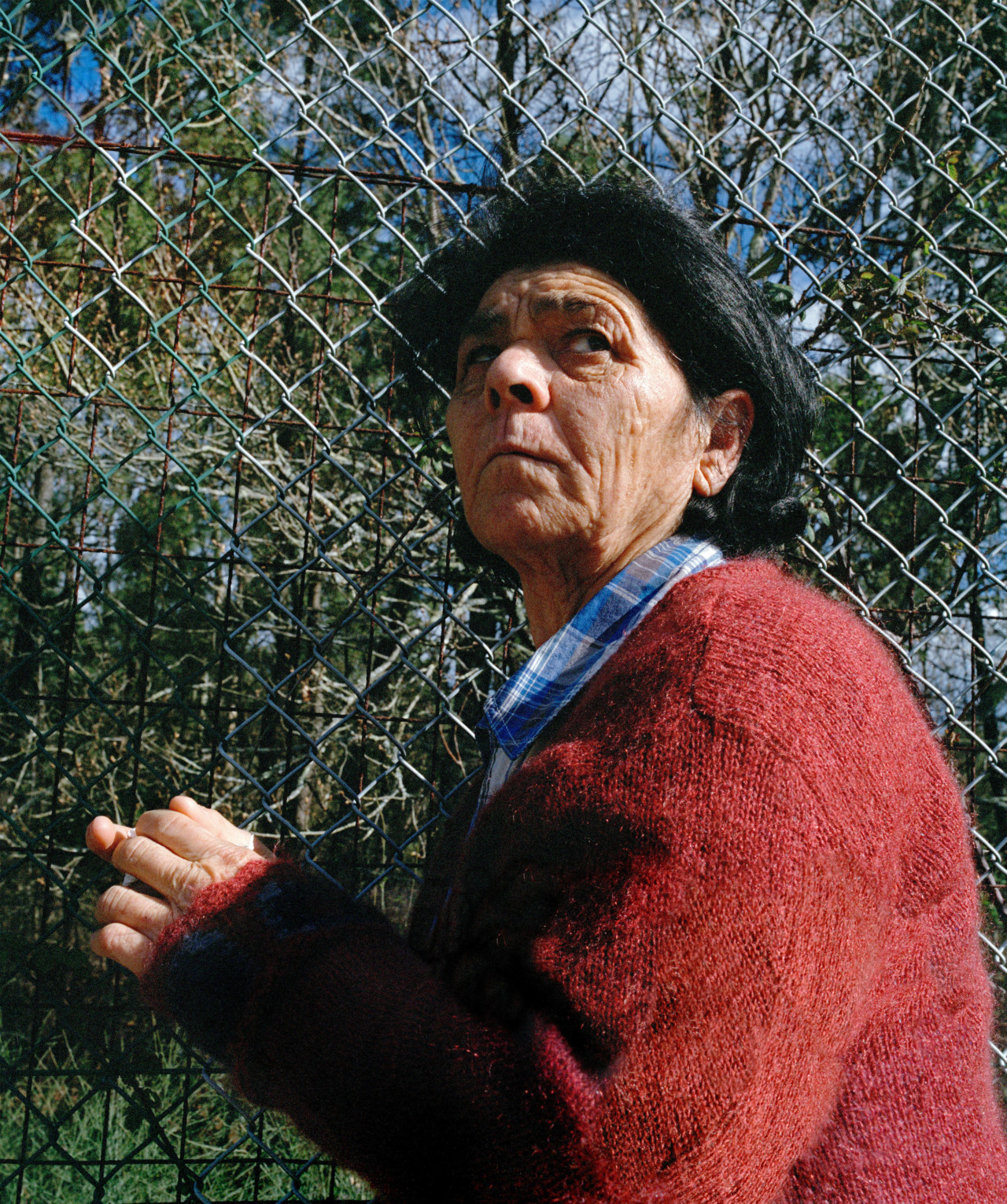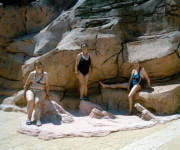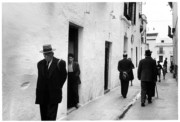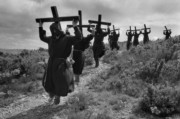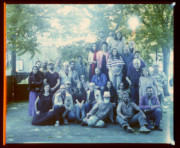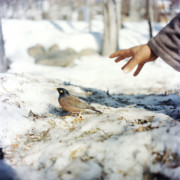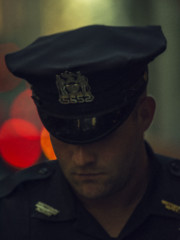In Her Work Lúa Ribeira Challenges Societal Norms and Her Own Preconceptions
The 2018 Magnum nominee's approach relies upon closeness to her subjects and laying bare society's rigid definitions of acceptability
Bristol-based Galician photographer Lúa Ribeira studied media and graphic design before shifting her focus onto photography in 2012, taking the Documentary Photography course at the University of South Wales. The notion of social norms, and the fragile constructs of what society sees as permissible or ‘other’ are central to her work, as is an immersive approach. Whether looking at her long-running project on a religious congregation caring for those with social needs in north-western Spain, or her book project on the UK’s dancehall scene, her closeness with those she photographs is always apparent. Here, the 2018 Magnum nominee discusses nonconformity and the importance of facing one’s own prejudices.
Your project on the UK dancehall scene, Noises, is your best-known body of work to date. Can you explain how it came about, and the allure that the dancehall scene has for you specifically?
Dancehall is a doorway into something else for me, and it fits into a general area of interest in my work which has to do with the exploration of communities, or places, I am structurally separated from.
Dancehall music is very popular in the UK. When I started to listen to it and to read the lyrics, I recognized a sense of nonconformity, a strength in the discourse, that was coming from a struggle. I also recognized something transgressive in its approach to sexuality. Transgressive for me, for someone from my background as Galician.
I come from a culture that has been repressed until very recently. The consequences of this oppression during the Spanish dictatorship are very palpable in our identity, in our culture. When I came to the UK, I found I identified with, or admired, Jamaican culture, which has suffered and still does from oppression, but has kept its strength.
"Dancehall is a place with a different approach to life, and it allows me to learn about myself, and recognize the importance that resides in different ways of looking and of seeing"
- Lua Ribeira
So a part of dancehall’s effect on your work was to make you study your own, specifically European, attitudes to sexuality, spirituality, and social norms?
Yes. I put myself in the images. It is totally a subjective perspective, defined by my background, my experience and so on. I do not want to hide that. In fact, my aim is to push it far enough, to see if I can find some truth there.
In dancehall, there are moments and manners that clash with the sort of Judeo-Christian background that I grew up with. Dancehall is a place with a different approach to life, and it allows me to learn about myself, and recognize the importance that resides in different ways of looking and of seeing… to gain distance from a Euro-centric outlook.
What I really seek with my work is something more universal, and not specific to any type of dance, music, or culture. Dancehall could be flamenco, or something else entirely. For me, Jamaican culture is something very exotic, but as soon as I allow myself to accept it as something different, strange, exotic, this is when suddenly it becomes familiar.
This seems to cross over with a more general interest you have in clashes of outlook. Religion and religious imagery is present in much of your work.
I am interested in religion because culturally it is what we believe in, even if we don’t think of ourselves as actively religious. It is related to our morals, our behaviour, our manners. To me, it would be impossible to not be interested in religion, and again, what I am looking for in my work is something more essential to – and universal in – the human condition. That is something that has been depicted extremely well in religious iconography.
Aristocrats, another of your ongoing projects, opens a window onto what – on the surface – might seem a very different theme in your work, that of the elderly, and issues around mental illness or disability. How do you see these themes as aligned in your work?
The institution that is the setting for Aristocrats started as a congregation of nuns before the dictatorship. Those nuns cared for women with social needs. Some of those were women with mental health issues, or learning disabilities. The focus of my work there is the women, some of whom live there. Others live nearby and visit for educational programs or activities. There is a broad range of issues represented by the group.
I do not think Aristocrats differs in theme at all. It is just another way to speak about the same thing. It is another ‘door’, just like dancehall. It is about where our limits lie. What is antisocial? What are the constructs of normality, why do we behave the way we do, and why do we think our way is right?
I am interested in meeting people who, for varying reasons, do not follow this strict pattern of what society sees as normal, yet still live around me. I am extremely open to them, to learning from them.
Was part of the aim with this project to also challenge the existing norms around documenting mental illness?
Yes, it was. I do not fully accept those existing norms, and that rebellion becomes the seed and the energy that I start a project with. Later, the work starts to speak about many other things. Love, death, anger, and so on. This is because, again, as soon as I transcend those invisible walls, there are always people behind them.
I have a wonderful relationship with the people I photograph in my Aristocrats work, and the institution that they are part of. I am not playing the game of the established norms. I am actually trying to work in the opposite direction and to question these norms, because I am suspicious of their aims. I use my intuition a lot and I learn from these people, from listening to them and also from observing those who work there.
"As soon as I transcend those invisible walls, there are always people behind them"
- Lua Ribeira
Your projects betray a strong degree of familiarity and closeness with your subjects. Is that an important aspect of documentary work for you – creating a connection with those you photograph?
I know exactly what you mean. I think the closer you are to those you portray, that greater that closeness, the more you are forced to face yourself, your own prejudices, and the question of your closeness to others.
Do you think that with certain projects in the future you might want to work with more distance?
The barriers are always there, structurally. But perhaps, when you are open and ready to accept that distance, that barrier, then, the clothes, the manners or the make up, become external elements, like the weather. They can become something you play with, while you are photographing someone who is essentially just like you.
I think the freedom to accept the different, initially as strange, makes it all fade. I could be anyone. If I work without that closeness, I would not have much left to say… But maybe, the closer I really am, the more removed I can be in the images? This is interesting, because the physical distance does not matter, but the real distance, you can see that straight away in a photo.
Your work often blends the capturing of raw events or a naturalistic approach, with more constructed images – how do you feel about blending these types of photography?
It depends what we mean by ‘raw events’. I like actions and events that we all share, that are somehow universal. Perhaps we live in a place where some of those are hidden. But we are animals.
Sometimes I play with theatrical stimuli, because I am too impatient to wait for things to happen. Like the ‘funeral’ image from The Aristocrats. This is my way of working, to create situations, like we all do, with more or less intensity. I am very much inside the image. But, the people I photograph are always dealing with whatever the situation is, so I am not there with full control at all, that is important for my work. I like the result, and I am still learning what is it that I am really looking for. That search is what keeps the work, and the struggle, alive.
Fashion is another area you are interested in exploring in the future. How do you feel your documentary practice informs or feeds into more commercial work that you do?
Fashion, for me, is a terrific way to play with images. It allows me to go anywhere in my head and come up a with a story, without any apparent reasons behind it. It is very useful, because I can play with concepts or ideas I am searching for in my own personal work.
A photographer colleague was telling me the other day, “Yes, you’re right, it is fun – fashion photography – but it is not important, because it is not real life.” I am not so sure about that.


